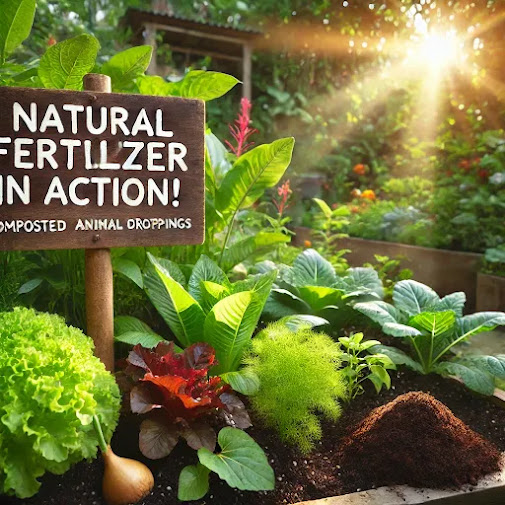Is Animal Excrement Safe for Food Plants? What You Need to Know
Animal manure has been used as a natural fertilizer for centuries, enriching soil and boosting plant growth. But is it safe for food crops? The answer depends on the type of manure, how it is handled, and whether it has been properly composted. Let’s break down the risks, benefits, and best practices for using animal excrement in your sustainable garden.
Benefits of Using Animal Manure in Gardening
Animal waste is rich in essential nutrients such as nitrogen, phosphorus, and potassium. Properly composted manure improves soil structure, increases microbial activity, and enhances moisture retention. Here’s why it’s a valuable addition to your garden:
- Natural Fertilizer – Replenishes soil nutrients without synthetic chemicals.
- Improves Soil Health – Boosts microbial life, aiding plant growth.
- Increases Water Retention – Helps sandy soils hold moisture longer.
- Reduces Waste – Repurposes farm and household animal waste sustainably.
Which Types of Manure Are Safe for Food Crops?
Not all animal waste is equally beneficial or safe. Here’s a quick guide to common manures and their suitability for food plants:
Safe Manures (When Properly Composted)
- Cow Manure – Low in nitrogen, making it a mild, balanced fertilizer.
- Horse Manure – Rich in nutrients but can contain weed seeds. Composting is crucial.
- Chicken Manure – High in nitrogen; must be composted to prevent plant burn.
- Rabbit Manure – Can be used fresh in moderation as it decomposes quickly.
Manures to Avoid for Food Plants
- Dog and Cat Feces – May contain harmful parasites (Toxoplasma, roundworms).
- Pig Manure – High risk of pathogens like E. coli and salmonella.
- Human Waste (Biosolids) – Can contain pharmaceutical residues and pathogens.
Why Composting Is Essential for Safety
Raw manure can carry harmful bacteria, parasites, and weed seeds. Composting at high temperatures (131°F–160°F for at least 15 days) kills pathogens and creates safe, nutrient-rich humus.
Best Practices for Composting Manure
- Mix with Carbon Materials – Add straw, leaves, or sawdust for balance.
- Monitor Temperature – Ensure compost reaches pathogen-killing heat.
- Turn Regularly – Aeration speeds decomposition and prevents odor.
- Age Properly – Let compost cure for 3–6 months before use.
Safe Application Methods for Food Gardens
Even composted manure requires careful application to prevent contamination:
- Apply in Early Growth Stages – Avoid direct contact with edible parts of plants.
- Use Only on Root Crops and Fruit-Bearing Plants – Leafy greens have higher risk.
- Wait at Least 90-120 Days Before Harvest – USDA guidelines recommend this window for food safety.
Conclusion: Use Animal Manure Safely for a Thriving Garden
Animal manure is a powerful, natural fertilizer—but only when handled correctly. Stick to properly composted manure from safe sources, follow composting best practices, and use application guidelines to grow healthy, sustainable food crops.
Want more eco-friendly gardening tips? Subscribe to Sustainable Solutions Studio for expert advice on sustainable living!










Comments
Post a Comment